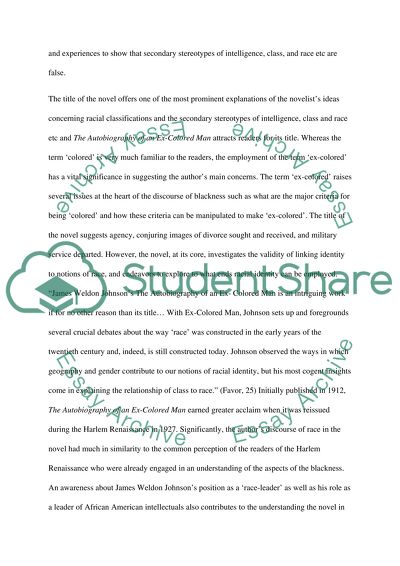Cite this document
(“The Autobiography of an ExColored Man by James Weldon Johnson Book Report/Review”, n.d.)
Retrieved from https://studentshare.org/literature/1526393-the-autobiography-of-an-excolored-man-by-james-weldon-johnson
Retrieved from https://studentshare.org/literature/1526393-the-autobiography-of-an-excolored-man-by-james-weldon-johnson
(The Autobiography of an ExColored Man by James Weldon Johnson Book Report/Review)
https://studentshare.org/literature/1526393-the-autobiography-of-an-excolored-man-by-james-weldon-johnson.
https://studentshare.org/literature/1526393-the-autobiography-of-an-excolored-man-by-james-weldon-johnson.
“The Autobiography of an ExColored Man by James Weldon Johnson Book Report/Review”, n.d. https://studentshare.org/literature/1526393-the-autobiography-of-an-excolored-man-by-james-weldon-johnson.


